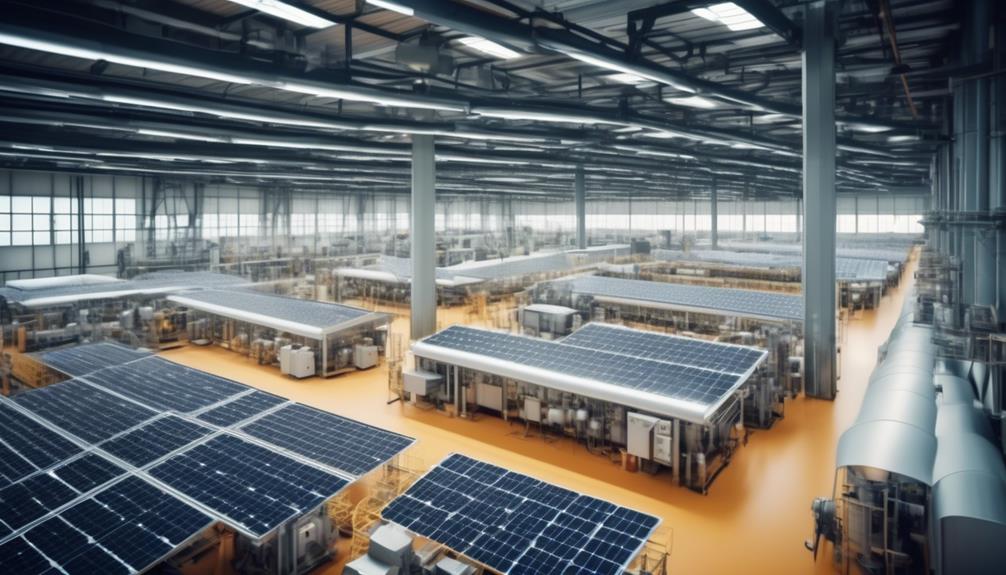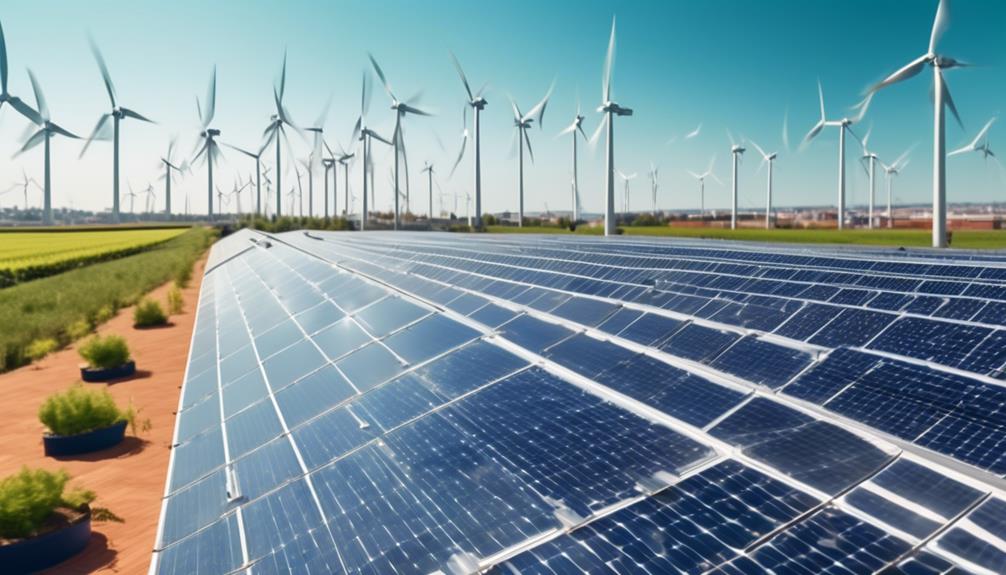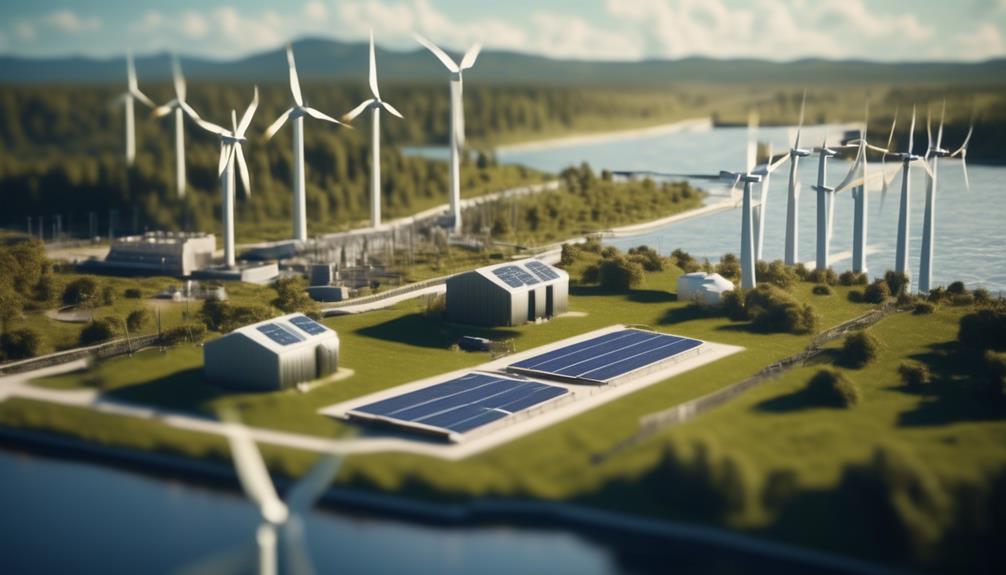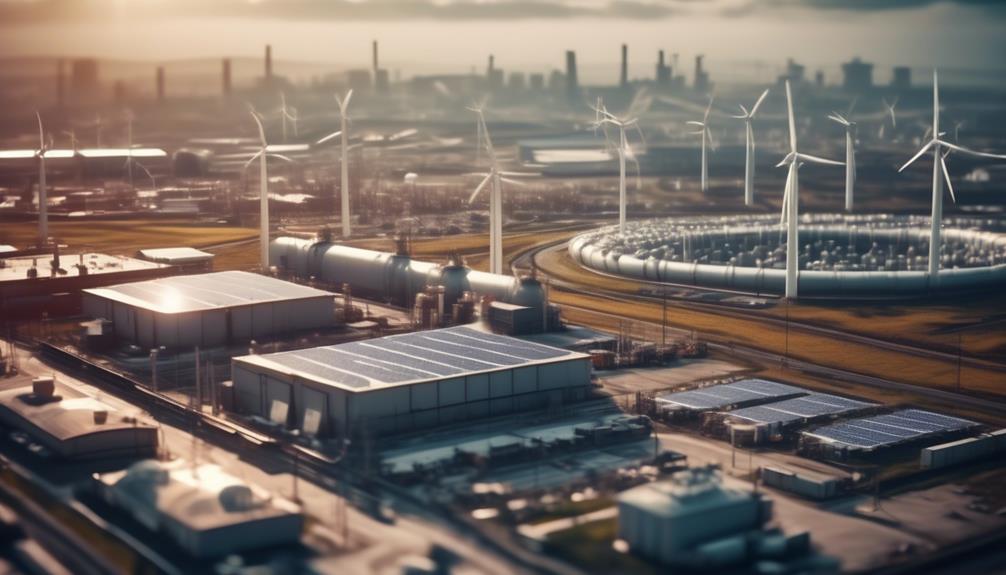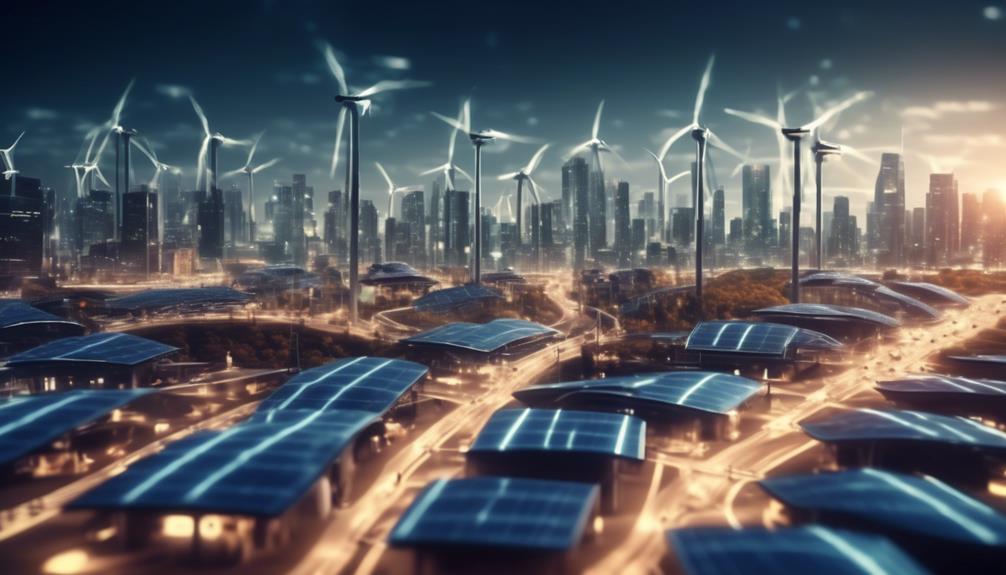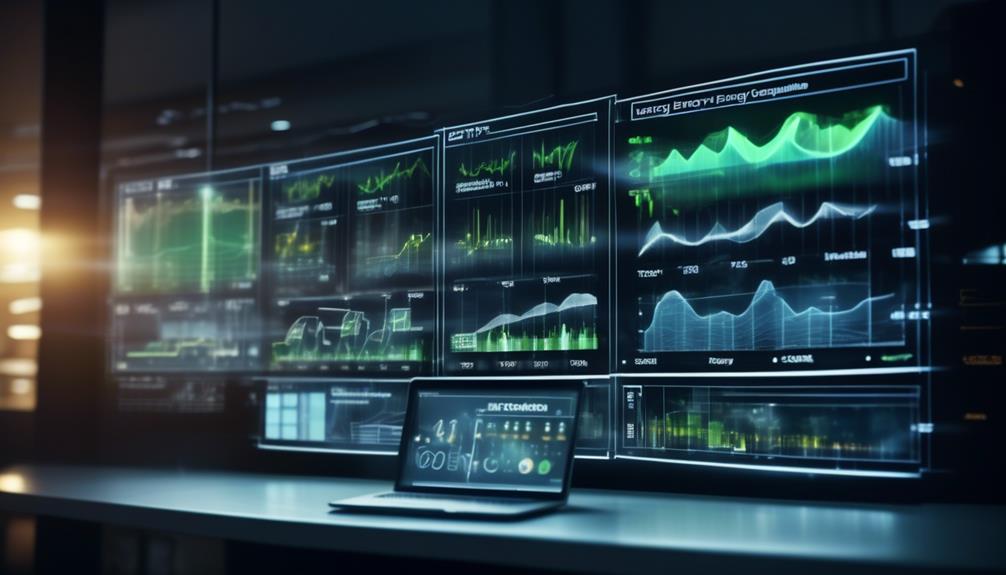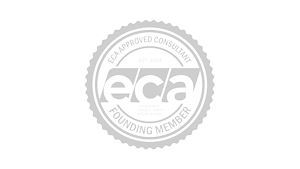In an era where sustainability and energy efficiency are at the forefront of global business priorities, stakeholders are actively searching for ways to revamp commercial buildings to meet these modern demands. Not only do such upgrades offer the potential for significant cost savings, but they also pave the way toward minimising environmental impact and enhancing operational efficiency.
However, navigating the intricate landscape of building retrofits, from lighting enhancements to HVAC optimisations, can often feel like an overwhelming challenge, fraught with technical complexities and strategic decisions.
With years of experience in the field of sustainable development and energy-efficient building design, we understand the intricacies involved in transforming commercial spaces to be both eco-friendly and economically viable. This article is crafted to demystify the process of building upgrades, offering clear, actionable insights tailored to business owners, facility managers, and sustainability advocates alike.
By addressing common hurdles and providing expert guidance, we aim to forge a connection with our readers, instilling confidence in their journey toward sustainable transformation. As we delve deeper into the essential strategies and considerations for maximising energy efficiency in commercial buildings, rest assured that the practical advice and innovative solutions you seek are just ahead, inviting you to read on and unlock the full potential of your property.
Retrocommissioning
Retrocommissioning is a comprehensive process aimed at identifying and addressing underperforming equipment in commercial buildings to enhance energy efficiency and operational effectiveness. It involves a thorough review of the building’s systems and operational practices to determine which equipment is not performing optimally and to recommend which equipment should be replaced or upgraded to improve energy efficiency. This process also includes conducting an energy audit to assess the current energy usage and identify areas where energy waste can be reduced.
By undertaking retrocommissioning, building owners can achieve significant energy savings and improve the overall efficiency of their commercial buildings.
Furthermore, retrocommissioning goes beyond just equipment upgrades. It also involves reviewing operational tips to enhance building performance and reduce maintenance costs. The ultimate goal of retrocommissioning is to optimise existing building systems, ensuring that they operate efficiently and cost-effectively. Through this process, building owners can achieve improved energy efficiency, reduced energy waste, and ultimately, significant cost savings.
Retrocommissioning is a critical step in the journey towards creating energy-efficient commercial buildings that meet the demands of today’s environmentally conscious and cost-conscious market.
Lighting Upgrades
Lighting upgrades in commercial buildings offer a significant opportunity to enhance energy efficiency and improve the overall visual environment, contributing to long-term cost savings and sustainability. Upgrading to energy-efficient lighting systems can reduce lighting energy use and positively impact the sizing of HVAC and electrical systems, ultimately leading to improved energy efficiency. Additionally, incorporating daylighting controls as part of lighting upgrades can further enhance energy efficiency and reduce overall energy consumption.
| Benefits of Lighting Upgrades |
|---|
| Reduced lighting energy use |
| Improved visual environment |
| Lower maintenance costs |
Furthermore, upgrading lighting systems can contribute to lower maintenance costs and provide long-term energy savings for commercial buildings. Energy-efficient lighting upgrades play a crucial role in comprehensive retrofits aimed at reducing energy use and improving building performance. Therefore, investing in lighting upgrades is a strategic approach for commercial building owners and facility managers to enhance energy efficiency, reduce operational costs, and create a more sustainable built environment.
Supplemental Load Reductions
As commercial building owners and facility managers seek to further enhance energy efficiency and sustainability beyond lighting upgrades, they can pivot to the implementation of strategies for supplemental load reductions.
Supplemental load reductions focus on optimising heating, ventilation, and air conditioning (HVAC) systems, as well as reducing lighting and cooling loads. By implementing strategies such as optimising insulation, weatherization, and upgrading to energy-efficient appliances and equipment, commercial buildings can effectively reduce energy consumption and lower operational costs.
These measures not only contribute to maximising energy efficiency but also play a crucial role in achieving comprehensive retrofits and making commercial buildings more sustainable. By reducing the energy demand through supplemental load reductions, building owners can achieve significant energy savings, ultimately reducing the size and cost of equipment upgrades.
Embracing energy-saving strategies for supplemental load reductions is essential in the pursuit of overall energy efficiency and sustainability in commercial buildings.
Air Distribution Enhancements
To improve energy efficiency in commercial buildings, optimising air distribution systems through enhancements such as upgrading or adjusting fan systems, improving air circulation, and installing variable air volume controls is essential. These enhancements play a crucial role in reducing energy usage and operational costs while ensuring optimal air quality and comfort for building occupants. Here are some key strategies for air distribution enhancements:
- Upgrade or adjust fan systems to maximise energy efficiency.
- Improve air circulation and optimise ventilation systems for enhanced energy efficiency.
- Install variable air volume controls to optimise air distribution and reduce energy consumption.
- Enhance energy efficiency through air distribution enhancements to reduce overall energy usage.
- Upgrade air distribution systems to improve energy efficiency and reduce operational costs.
Implementing these enhancements not only contributes to reducing the energy bill but also aligns with sustainable practices, benefiting both the environment and the building’s stakeholders.
HVAC System Optimisation
In the pursuit of further enhancing energy efficiency in commercial buildings, the focus shifts to HVAC system optimisation, a critical step following the air distribution enhancements previously discussed. HVAC system optimisation involves fine-tuning and adjusting the heating, ventilation, and air conditioning systems to maximise energy efficiency. Properly optimised HVAC systems can significantly reduce energy waste, leading to decreased energy consumption and expenses for commercial buildings. Energy audits play a crucial role in identifying areas with the highest energy consumption and help in recommending appropriate efficiency upgrades for HVAC systems. Regular preventive maintenance and upgrading to high-efficiency HVAC systems are essential steps in achieving significant energy savings in commercial buildings.
| Key Points | Benefits |
|---|---|
| Fine-tuning HVAC systems | Maximising energy efficiency |
| Identifying common faults | Decreased energy consumption and expenses |
| Energy audits | Recommending appropriate efficiency upgrades |
| Preventive maintenance and upgrades | Achieving significant energy savings |
Building Envelope Improvements
Building envelope improvements encompass the strategic enhancement of insulation, air sealing, and the installation of energy-efficient doors and windows to elevate energy efficiency and reduce heat loss in commercial buildings. These enhancements play a crucial role in upgrading commercial buildings for maximum energy efficiency and are essential for managing the amount of energy used and its impact on the environment.
Key facts to consider regarding building envelope improvements include:
- Adding more insulation to walls, ceiling, basement, attic, and foundation can greatly contribute to reducing heat loss and improving energy efficiency.
- Sealing air leaks in gaps, cracks, and holes is crucial to preventing conditioned air from escaping and outside air from entering, thus improving energy efficiency.
- Installing energy-efficient doors and windows with double-pane insulated construction or low-e coatings can substantially enhance the energy efficiency of a building.
- Upgrading the building envelope and shell can significantly enhance energy efficiency and reduce energy expenses for commercial buildings.
- These improvements are important for energy and climate management systems, and they can be further optimised with the use of smart meters to monitor and control energy usage.
These enhancements effectively enhance energy efficiency and contribute to the overall sustainability of commercial buildings.

